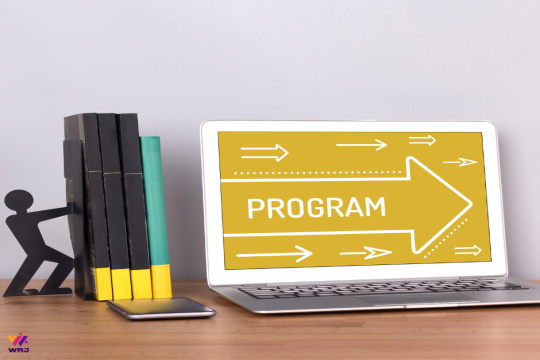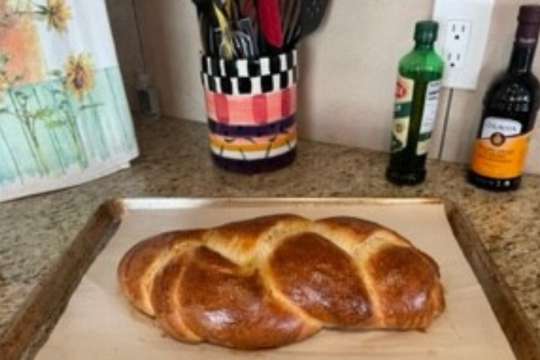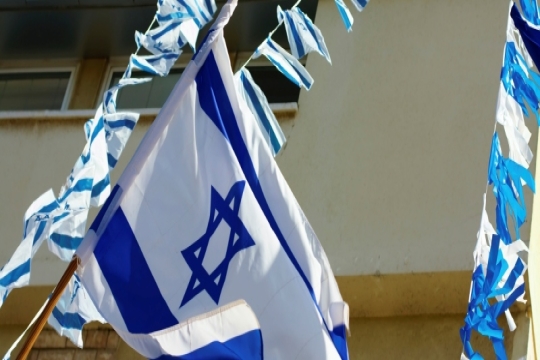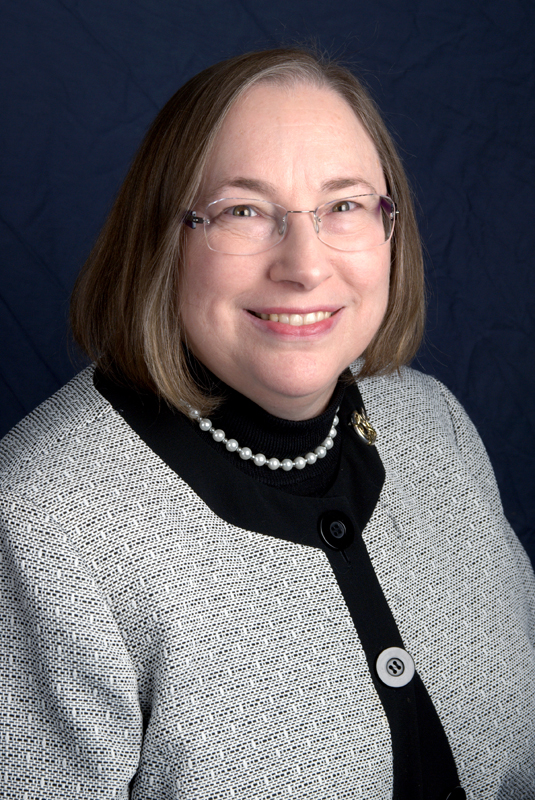In 2008, Women of Reform Judaism (WRJ) was honored by the World Union for Progressive Judaism with its International Humanitarian Award. In his introductory tribute remarks, Rabbi Eric H. Yoffie, URJ President at the time, said: There are too many people in our Movement who do not know the story of WRJ. The major reason, it seems to me, is that WRJ is not engaged in a continual campaign of self-promotion – which tends to be the norm in the Jewish world. They are simply too busy encouraging the grassroots efforts of their members, and in doing the everyday, nitty-gritty work that sustains our synagogues and strengthens the Jewish people. WRJ’s Centennial year is an opportunity to change this pattern and to tell our amazing story to all who will listen. Through these weekly Ten Minutes of Torah messages, exhibits, and several new and upcoming publications and videos, WRJ has endeavored to raise awareness of what our matriarchs have done to enhance Jewish life in North America and around the world. While WRJ is telling its 100-year old story this year, in truth, it is our sisterhoods and women’s groups within Reform congregations throughout North America that have made all of this happen. To be sure, our North American umbrella provides the framework to galvanize and leverage the resources of hundreds of sisterhoods for major initiatives and for distributing hundreds of thousands of dollars annually to the institutions of Reform Judaism through the YES Fund. But it is the local affiliates that raise those YES Fund dollars, in addition to millions of dollars annually that support their own congregations, youth groups, religious schools, camps, and so much more. These funds are raised painstakingly year after year by selling cards, holding teas and luncheons, and running a myriad of different fundraising events. WRJ recently did a brief, unscientific survey of our affiliates to determine how much they raise – and disburse – in a given year, and extrapolated from that information what those numbers might mean on a global scale over the course of 100 years using today’s dollars. Admittedly we made assumptions and used averages to account for the different sizes of sisterhoods and their varying ages, some of which pre-dated WRJ. With those caveats, the numbers below tell an important story about the value of sisterhood in ways we generally don’t measure or discuss.
Religious Schools
Among the first initiatives of NFTS (National Federation of Temple Sisterhoods, now WRJ) was creating and supporting the religious education of youth. Today, sisterhoods collectively disburse over $720,000 annually to their congregational religious schools and another $118,000 for support of early childhood education. Rarely quantified, women’s groups annually spend over $307,000 for Bat/Bar Mitzvah and Confirmation gifts to our students. Based on the assumptions noted above, over the course of WRJ’s history, sisterhood women have provided almost $78 million to support Reform religious school students. This does not account for the funds donated by sisterhoods to build or renovate religious school buildings, establish libraries and media centers, or create early childhood education facilities in their congregations.
Youth Programs
In the 1920’s and 30’s, sisterhoods helped establish Young Folks Temple Leagues, which were unified under the umbrella of NFTY in 1939. For its first 20 years, NFTS was the sole financial supporter of NFTY. Today, sisterhoods continue to support their local youth groups with a combined total of over a half-million dollars annually, or about $37,000,000 since NFTY was established. That is in addition to YES Fund contributions that allow WRJ to give $70,000-100,000 annually to NFTY and other Reform youth programs. In 1950, NFTS adopted a resolution calling for the establishment of a Jewish camping program to support summer youth experiences, and shortly thereafter the women helped to create the first URJ camp in Wisconsin (OSRUI). Today sisterhoods give on average over $2,000 annually for camp, youth group and Israel scholarships, totaling well over a million dollars annually, and over $70,000,000 over the years. This does not include capital gifts by sisterhoods or WRJ districts for the building or renovation of camps.
Religious Life
Among the first initiatives of NFTS was the enhancement of synagogue worship through flowers and bima decorations and providing the Oneg Shabbat. In addition, sisterhoods brought holiday celebrations from the home into the congregation, providing Yom Kippur break-fasts, Chanukah programs, and Passover Seders (now Women’s Seders). On average women’s groups provide about $4400 for these endeavors annually, which comes to over $2,200,000 annually–$150 million over the lifetime of NFTS/WRJ!
Social Justice and Advocacy
Social justice and advocacy are among the hallmarks of NFTS/WRJ. Reform sisterhoods annually support soup kitchens, shelters, public schools, nursing homes, community gardens, disaster relief and so much more, contributing an average of $2500 annually to such causes, or $1,250,000 collectively. That’s about $85,000,000 in support of non-Reform social justice causes over the course of our 100 year history. These numbers do not include WRJ’s annual support of the Religious Action Center’s Eisendrath Legislative Assistant Fellowship program or sisterhoods’ support of JBI International, for which NFTS was the founding patron and sponsor for many years.
HUC-JIR
NFTS/WRJ is the largest cumulative donor to the Hebrew Union College-Jewish Institute of Religion, beginning with the creation of NFTS in 1913. In the early 1920’s NFTS built the Sisterhood Dorm at HUC in Cincinnati, raising the equivalent of $4.5 million in today’s dollars. Annually through the YES Fund, WRJ gives $70,000-100,000 for student scholarships and prizes at the four campuses of HUC-JIR. Over the course of our hundred years – do the math!
URJ
Just as sisterhoods support their local congregations, WRJ supports and partners with the URJ. When the UAHC relocated its headquarters from Cincinnati to New York, sisterhoods raised about $500,000 in 1946 to buy the land on 5th Avenue. That is the equivalent of about $5,000,000 in today’s dollars. The sale of that landmark building allowed the URJ to purchase its current office space in midtown Manhattan with no mortgage. Through the YES Fund, WRJ continues to make annual grants to the URJ, primarily for NFTY and other youth programs as noted above.
World Jewry
NFTS/WRJ has been a primary sponsor of Reform/Progressive institutions over the years. Since its sponsorship of rabbis and rabbinical students fleeing Nazi Germany in the 1930’s, WRJ has provided $45,000-$50,000 annually for rabbinical and cantorial scholarships outside of North America. WRJ helped establish the World Union for Progressive Judaism (WUPJ) World Education Center in Jerusalem and through sisterhood contributions donates about $140,000 to WUPJ annually. Through the YES Fund, WRJ has supported many special projects in Israel and WUPJ congregations, totaling about $150,000 annually.
Grand Total
Using the averages and assumptions outlined above, the grand total of financial contributions from the local affiliates of NFTS/WRJ over the course of 100 years comes to about $500,000,000. That’s half a BILLION dollars raised to support our congregations, educate our youth, train our clergy, and build the institutions of Reform Judaism. So if your congregation has a sisterhood, please say thank you. And if your congregation does not have a sisterhood, maybe you should consider starting one! What does it take to build a Movement? It takes a sisterhood!
Rabbi Marla Feldman is Executive Director of WRJ.
Related Posts

Continuing to Educate and Empower People Together

My Challah-Making Experience


